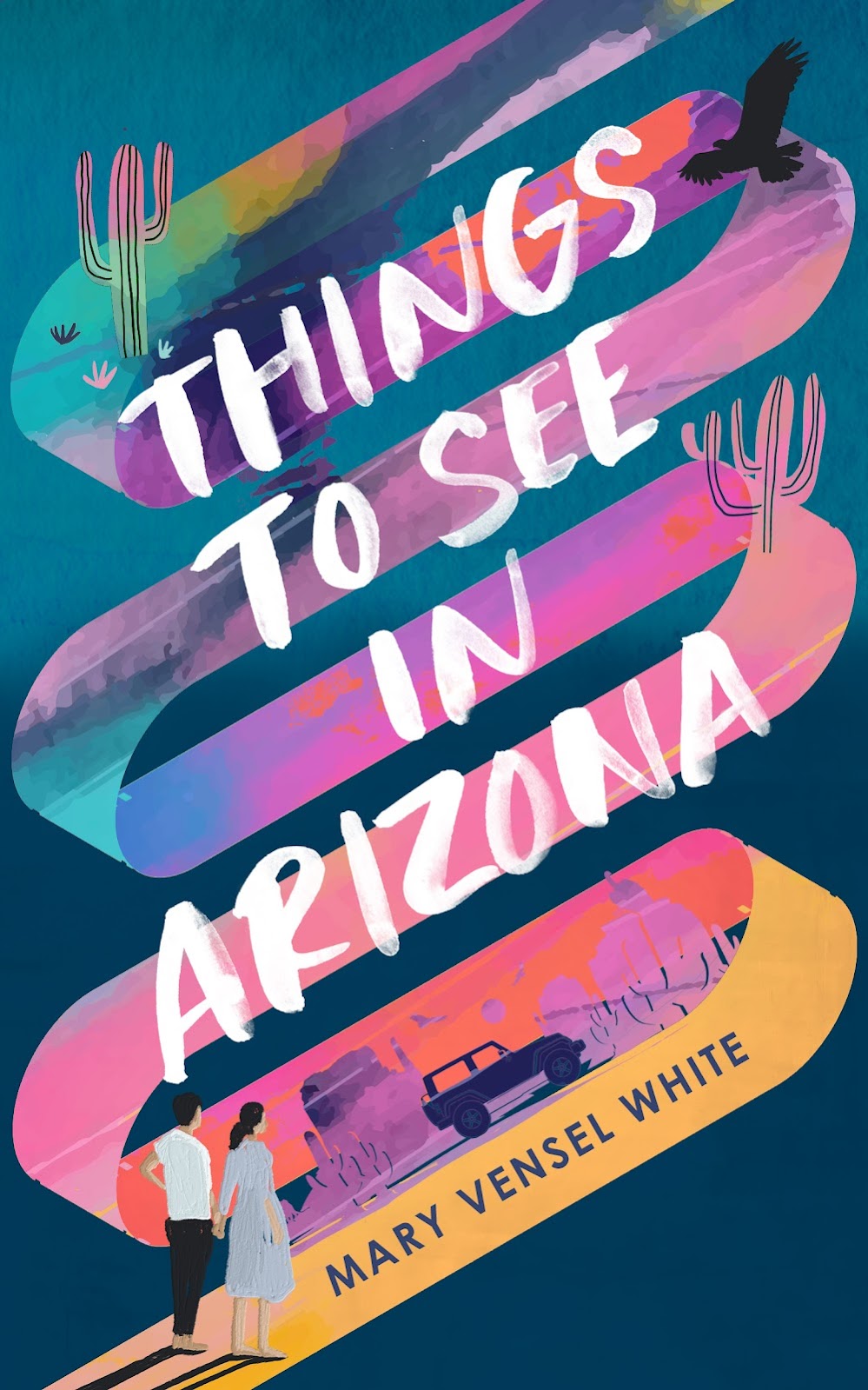I recently watched one of the Oscar contenders from last
year, Saving Mr. Banks. To be honest,
nothing about the film held any appeal for me when it was released. Not the subject matter, the making of
a Disney movie, not the comedic clash of cultures between an uppity Englishwoman and the king of make believe, Walt Disney, not even the lead actors, both of whom
I usually find hard to take. But my husband always wanted to see it and thought
it would be something the whole family could watch. Well, we finally did.
And I’ve been thinking about the movie, which I actually
enjoyed very much. Now, it was spawned from the Disney machine so of course, it was
what I saw described as “aggressively likeable.” There were moments of
sentimentality and humor, mixed to a pleasing balance, and a bit of stereotype here and there. These weren't the most developed characters you'll ever witness. And if you’re looking
for a comprehensive retelling of the making of Mary Poppins, this probably isn’t it. As is always the case with films “based
on true events,” you can google lots of articles about how Saving Mr. Banks was misleading or incomplete or whatever. Here’s
one.
The film does begin at the point that P.L. Travers (played
by Emma Thompson) is grudgingly on her way to Los Angeles to participate with
the development of the Mary Poppins movie. I actually enjoyed her emotionally restrained English-y demeanor, as
well as her interplay with Tom Hanks, who plays a thoughtful Walt Disney. The thing is, I
think it might be one of Hanks’s best performances. Yeah, I said it. He was fantastic. I’m sure there
was much, much more to the story, but the patience and insight Hanks’s Disney
shows to Travers, and the way these two characters eventually form some slight
connection (or in the least, a stalemate) is something to see.
But what I enjoyed the most about Saving Mr. Banks is the part that I imagine was the most
fictionalized: the flashbacks to P.L. Travers’s childhood, which unfold almost
as a mystery. Her beloved alcoholic father and his road to ruin, the ways this
most vital relationship bled into her writing of the books. Without saying too
much--in one of the final scenes, Disney relays some of the difficulties of his
own childhood, and the differing ways he and Travers have handled
hardship. It is apparent, however, that each's creative outlet was powered by these early charges. We are also left to make
some extended assumptions about what drove Disney to his particular obsession,
the entertainment of children, and to ponder how our own experiences color
anything we create. Whether this part of the storyline was true or not, it left
me thinking about influences and memory, and the stew from which we draw our
best broth.














P.L. Travers was very interested in Myth and Folklore. She wrote regularly essays for Parabola Magazine. Some of her essays were collected in a book - What the Bee Knows - which is lovely. If you don't know it, I think you'll like a lot.
ReplyDeleteNow you made me curious about the film. Will look out for it.
I agree, in a Disney-sort of way, this film explored the place of past (childhood in particular) experiences on a person's creative style. I also felt that the 'horror' of having to let someone change your work was there behind the fluff.
ReplyDeleteI will look for her essays--don't feel I probably know her much from this film, which seemed quite fictionalized. Yet, I did enjoy the contemplations about creating art and dealing with memory.
ReplyDelete